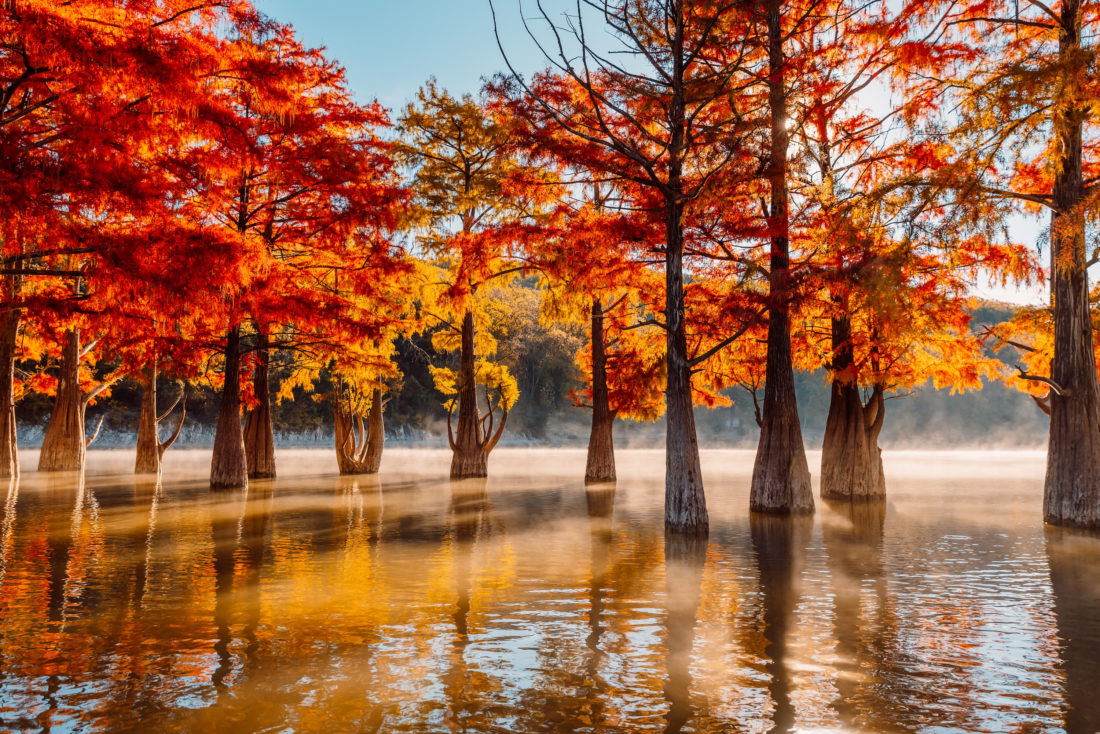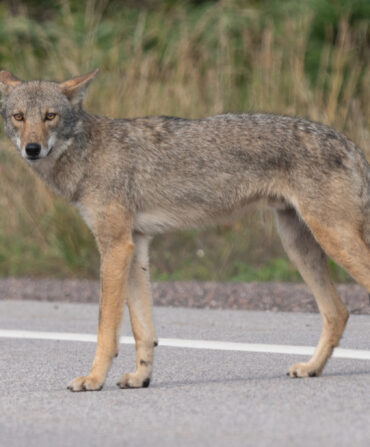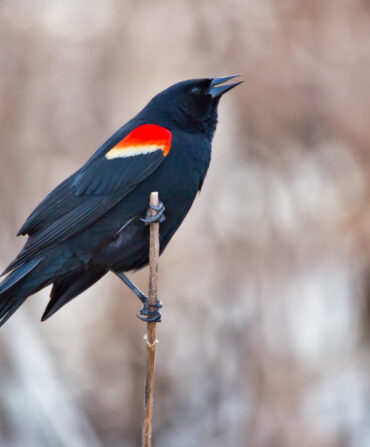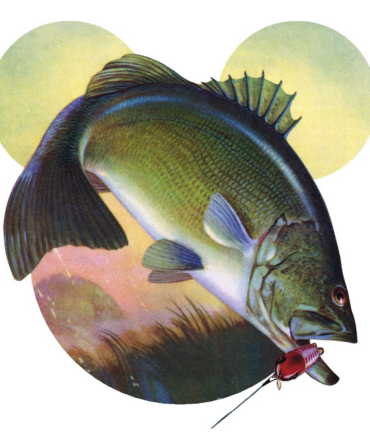It’s nearly that time of year, when leaf peepers from Washington state to the rocky coast of Maine zip up their fleeces and head for the hills. For a uniquely Southern panorama, though, consider traveling to the lower altitudes, where the boughs of bald cypress quietly signal the changing season.
The state tree of Louisiana, the bald cypress is famed for its knobby “knees,” which poke up from the swamp like so many petrified prairie dogs. The function of these protrusions has long, ahem, stumped scientists, though Heather Kirk-Ballard, an assistant professor of horticulture at LSU AgCenter, says they likely stabilize the tree amid wet soil and strong wind. The tree, in turn, stabilizes the land—a bulwark in hurricane-battered bayous.
Less appreciated is the species’s standing as one of the only deciduous conifers native to the South. (The pond cypress, the bald cypress’s smaller cousin, is another.) Even as loblollies and longleafs unload needles to the dismay and delight of landscapers, those pines maintain their greenery. Bald cypress, true to its name, bares it all in winter—but not before turning a deep amber or russet that looks especially lovely in the golden hours after sunrise and before sunset.
Take it from Dustin Schrock, a park ranger at Caddo Lake State Park in East Texas, where the cypresses draw nature photographers from around the world. “When the sun sets, it illuminates the backsides of these trees and it’s just gorgeous,” he says. “And when you’re out here with the fog on the water and the sun rising—magical is the word I would use.” The timing of fall color varies each year, he adds, but bald cypress is among the early harbingers.
Whether burnished, bald, or spring-green, a stand of bald cypress is a thing to see. Their peeling trunks and fluted, Hershey’s Kiss–shaped bases (that is, if Hershey’s Kisses could be the size of VW Beetles) appear out of another time because they often are. The oldest known tree in the eastern United States is a 2,627-year-old bald cypress along North Carolina’s Black River that sprouted before the Greeks built the Parthenon and the Buddha achieved enlightenment. “You’re not going to see anything else like that that you can walk up and touch that’s still alive and growing and pulling nutrients,” says Tim Evans, the director of land conservation at South Carolina’s Francis Beidler Forest, where thousand-year-old cypresses grow.
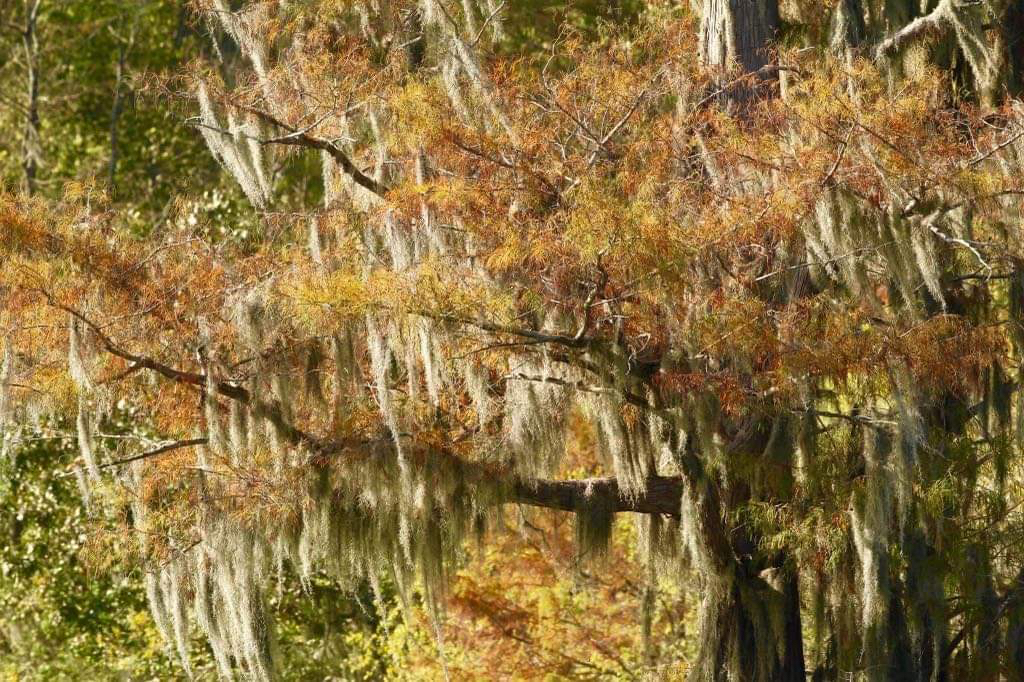
Key to these water lovers’ longevity is that they are surprisingly drought tolerant, a tree fit for drastic climate swings—which is exactly why you need one in your yard, Kirk-Ballard says. They are in many respects an ideal tenant: hardy and long living, with a pleasing conical shape, useful mulch, and interesting bark. In urban areas as well as in nature, they are a preferred nesting spot for raptor birds. (Another famous baldy, the bald eagle, loves them.) The only nuisance is the knees, which tend not to sprout in drier soil. Plant your cypress far from concrete, and if a knee crops up in an inopportune spot, simply “saw it off with the lawn mower—it won’t hurt the tree,” she says.
Of course, they are most impressive en masse in the wild, bouncing bronzed needles off the water in concert with the fiery sweetgum, swamp red maple, and tupelo, whispering that the mountains aren’t all that. Here are a few places to see them:
Karnack, Texas
Majestic, moss-draped specimens preside over Saw Mill Pond, which you can explore via canoe or photograph from a pier.
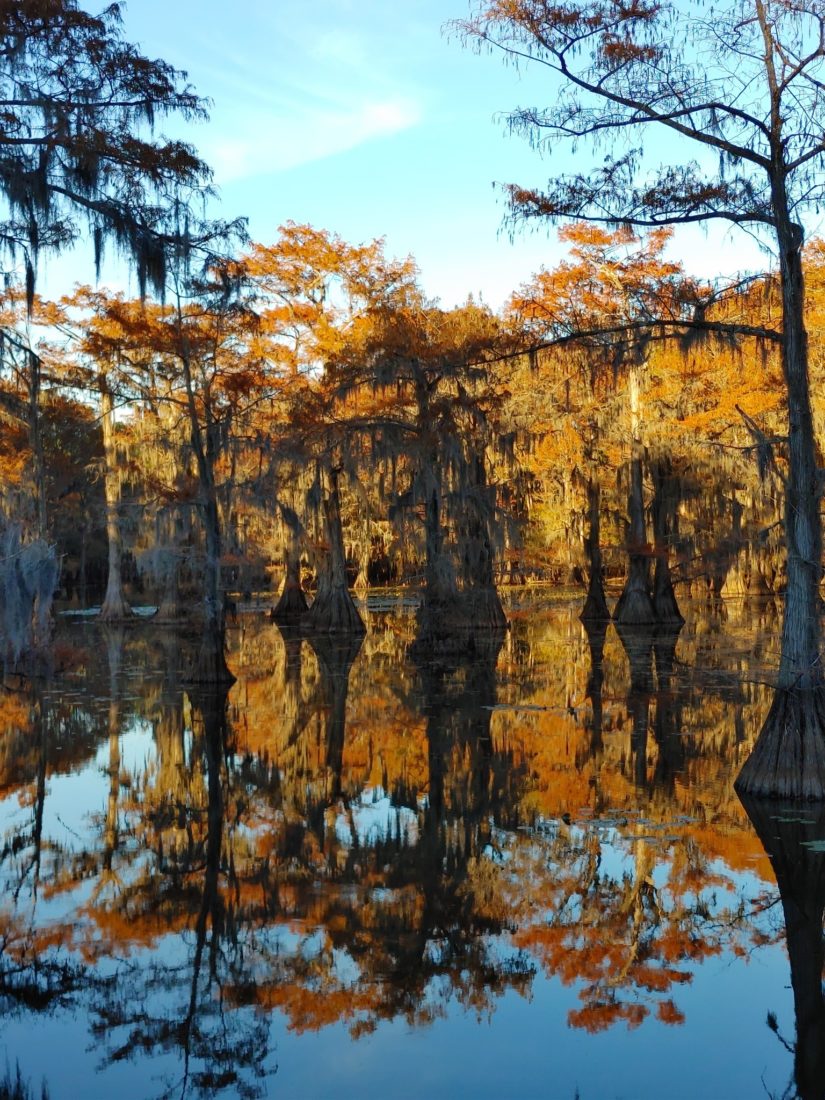
Harleyville, South Carolina
A winding boardwalk takes you into a land before time at this Audubon sanctuary, which claims the world’s largest virgin cypress and tupelo swamp.
Cat Island National Wildlife Refuge
St. Francisville, Louisiana
This preserve near Baton Rouge is home to the national champion bald cypress (the largest of its species), a 1,500-year-old giant with a fifty-two-foot circumference.
Hopkins, South Carolina
The Southeast’s largest tract of old-growth bottomland forest is known as the Redwoods of the East, with soaring stands of bald cypress littered with knees.
Twin City, Georgia
Rent a kayak and maneuver through a primordial maze of moss-laden cypress on a blackwater mill pond.
Sky Lake Wildlife Management Area
Belzoni, Mississippi
Rub shoulders with bald cypress from the previous millennium on a boardwalk or 2.6-mile water trail.
Naples, Florida
This western Everglades Audubon sanctuary shows off the largest virgin bald cypress forest in the world via a two-mile boardwalk.

